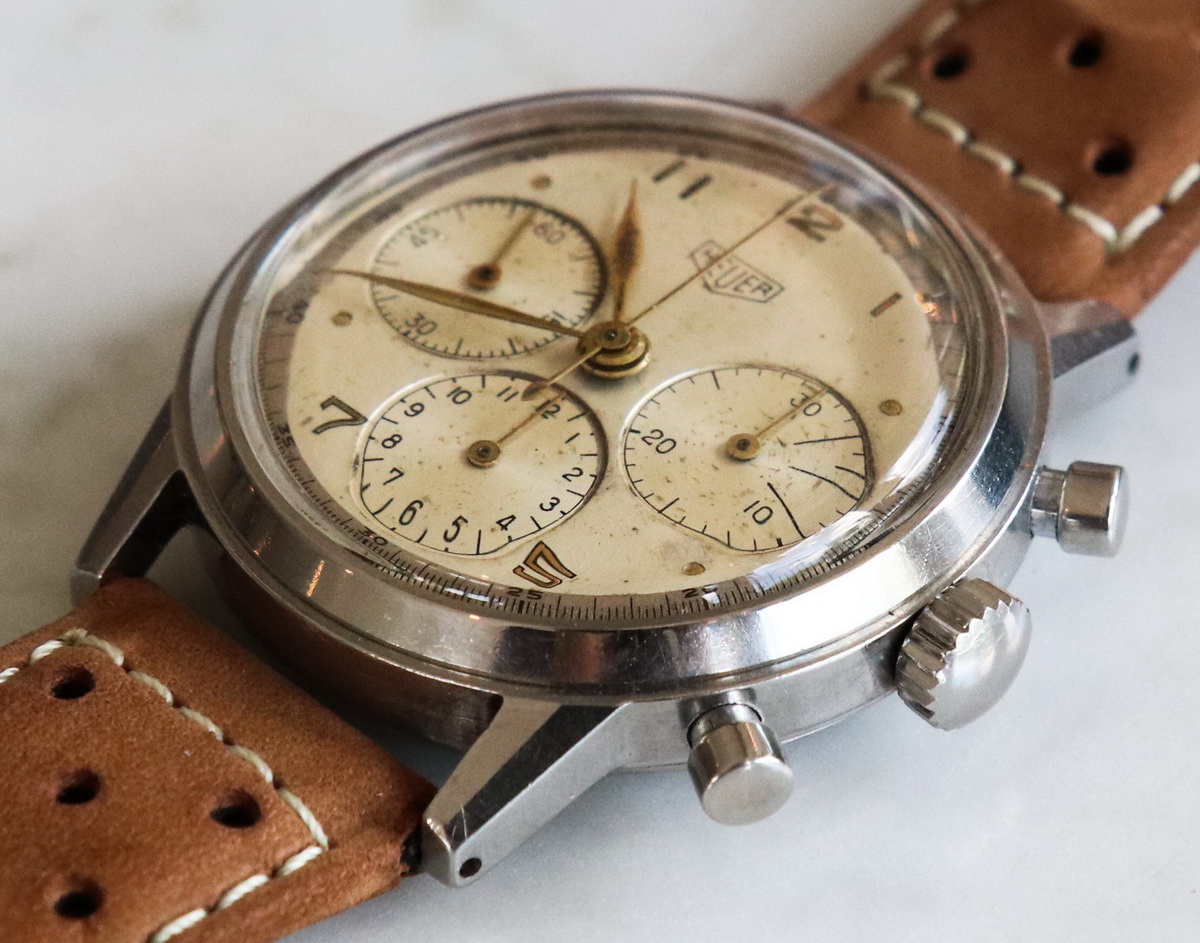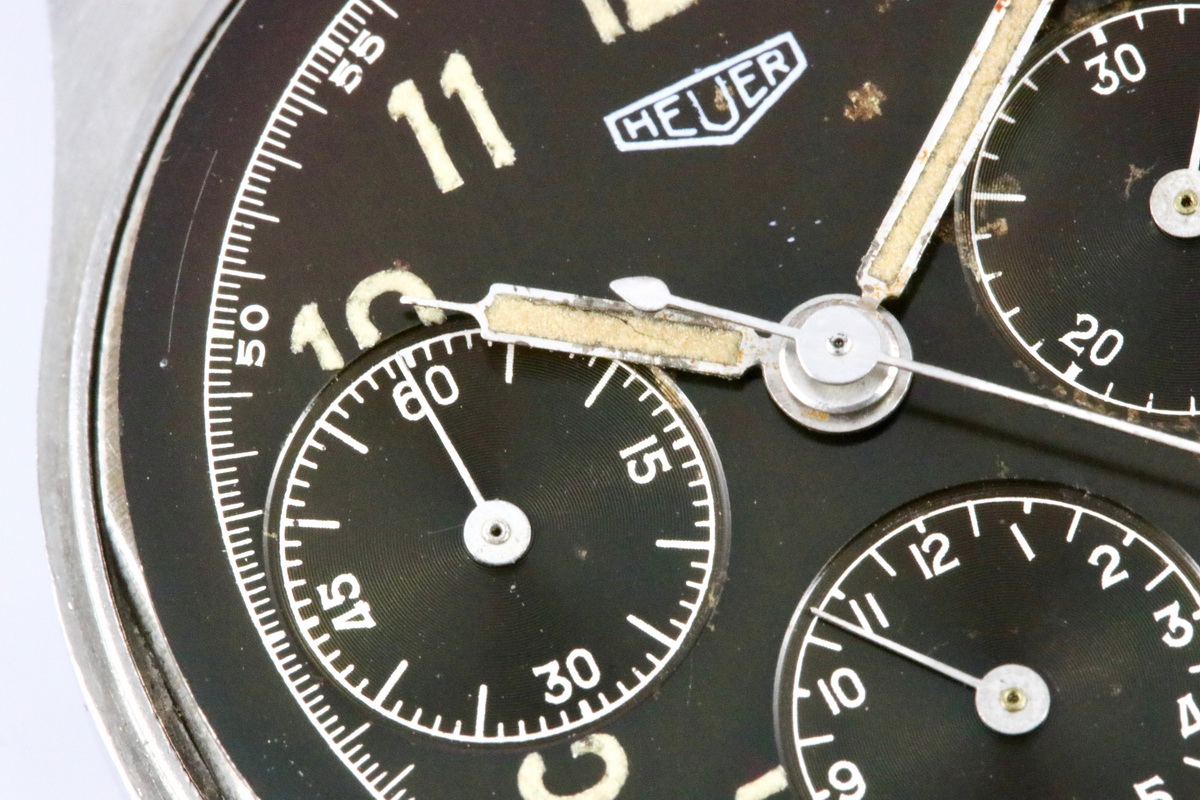

Army to conduct the first of a series of epidemiological follow-up experiments on the long- term effects of radioactivity in human beings using the women dial painters as his subjects at the Radioactivity Center at the Massachusetts Institute of Technology (MIT) (1934-1950). The death of a wealthy steel manufacturer in 1932 who ingested a popular radioactive tonic, called “Radithor,” prompted Robley Evans, a physicist at California Institute of Technology to investigate the safety of radium and to attain expertise in radium safety. The radium dial painters became unwitting human experimental subjects Public Health Service finally recommended safe practice radium guidelines in 1933. While the radium dial painters were outwitted by industry’s legal and medical team, their plight aroused considerable public outcry and led to the establishment of standards for industrial exposure to ionizing radiation. Under pressure from the New Jersey Consumer’s League, the U.S. The tactics used by the radium industry in its legal defense presaged the tactics and strategies of the tobacco industry and the pharmaceutical industry in commissioning academic-affiliated physicians to provide “scientific evidence” denying the severe adverse medical effects of their products. Frederick Flinn reached the conclusion that there was no industrial hazard in the industry.” (A.E. Radium Corp hired yet another medical doctor, this time from the Industrial Section of the College of Physicians and Surgeons of Columbia University, who “based on the scientific data acquired Dr. The radium dial industry denied culpability U.S. A New Jersey county medical examiner then conducted an extensive examination of the women he performed autopsies and described the symptoms, etiology, and pathology of the disease.Ī series of law suits followed that were settled out of court for paltry sums. Frederick Hoffman, named the new disease, “Radium Necrosis” in a paper he delivered at the American Medical Association in May 1925. The company hired a doctor from the Industrial Hygiene section at Harvard Medical School (1924) who found no direct cause of harm the cause was identified as “occupational poisoning.” However, an independent physician, Dr. Hundreds of young dial painters suffered from a variety of acute disintegrating bones and died painfully. Radium Corp hired academic physicians to provide “scientific evidence” to vindicate the company from liability. They were all young women in their 20s who had been healthy, happily painting tiny bright numbers on delicate instruments.Įarly example of collaboration by elite academic medical institutions with industry One after another, the dial painters began to fall ill. Their teeth fell out, their mouths filled with sores, their jaw bones rotted the frequency of horribly disfiguring cancers of the upper and lower jaw were particularly frightening to women and the cosmetics industry which used radium in some of its products. By 1924, nine dial painters were dead. After surgical removal of parts of her jaw bone, blood transfusions, and the onset of lung disease, she died in 1923. The first report of disfiguring jaw necrosis suffered by a 20-year old “dial paint woman” was in December, 1922.

As a result, they wound up swallowing a minimum of 125 mg of radioactive fluid each day.

The girls put the paint brushes containing radium-226 between their lips in order to maintain a fine pointed brush tip. Radium Corp in 1919) which hired young women (mostly teenagers) to apply radium paint to the tiny figures and numbers on clocks, watches, speedometers, compasses, barometers, and dashboard instruments of airplanes, and submarines – so that these instruments would glow in the dark. The first major American manufacturer was Radium Luminous Materials Corp. Radium was a highly valued investment for the dial painting industry which by 1920 had sold more than 1,000,000 illuminated watches and clocks. World War I created a huge demand for a variety of radium-treated devices. Radium was a luminous vehicle for progress, publicly displayed for a week at the Public Health Exposition in Grand Central in New York (1921) to which medical students, physicians and nurses were invited as there was great medical interest in the its potential uses. Background: In the early part of the twentieth century, radium was a symbol of science, medicine, and technology power and wealth.


 0 kommentar(er)
0 kommentar(er)
